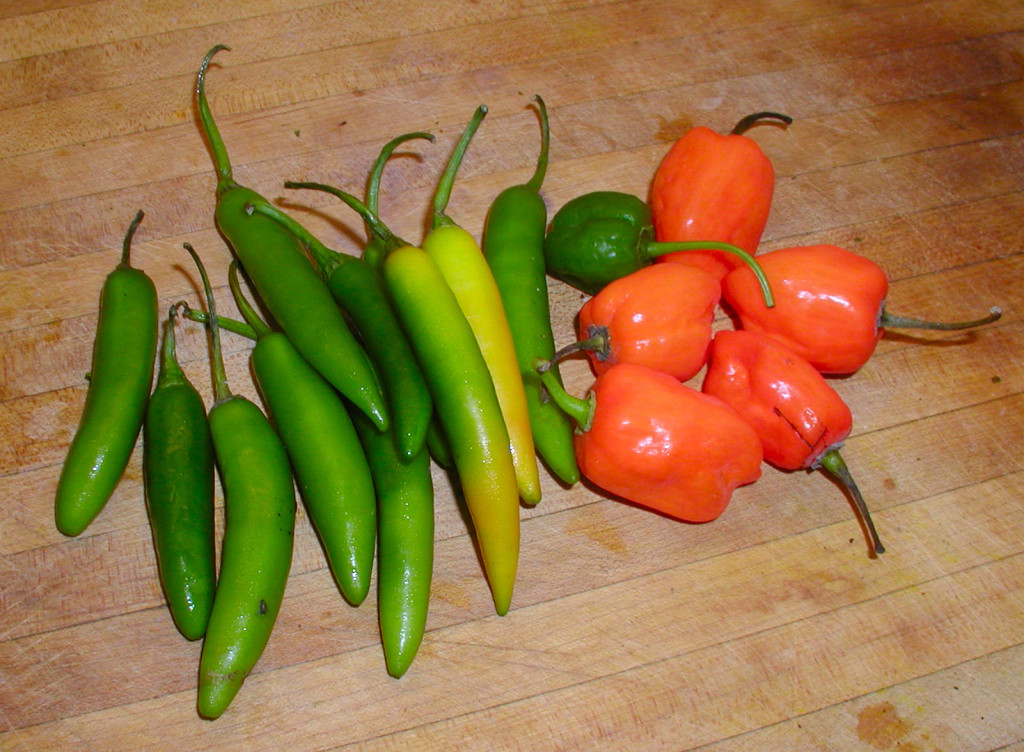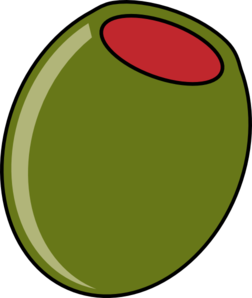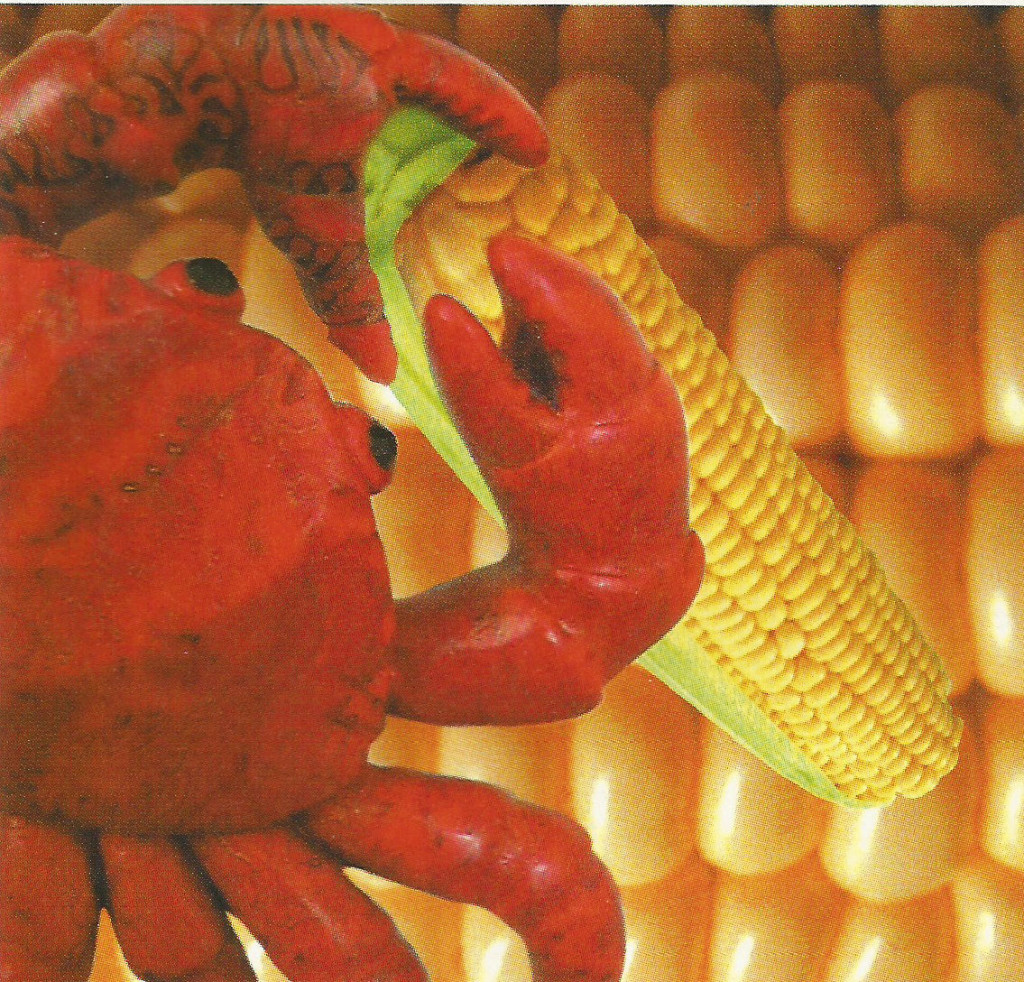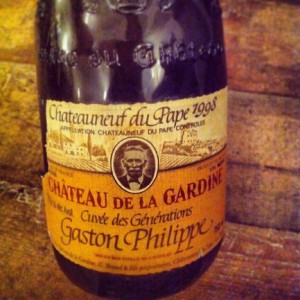
Q San Francisco
September 2000
Pages 54, 55, 62
Manhattan’s Hottest New Restaurants
In New York restaurants pop up like a jack-in-the-box and close nearly as fast. Some restaurateurs take advantage of the world of trendy, treating their venues practically as day-trades. The glitterati come, see and be seen, and move on – but they come back when the theme, along with the chef and management changes; sometimes it seems they don’t even remember having been there before.
A half-dozen fairly high profile restaurants have opened within the last month. Another half-dozen are slated to open in the next few weeks. I predict three of those will be closed and three will be enroute to closure by the time you read this. Of the others, one, perhaps two, will shine and garner accolades from press and customers alike. That’s the key: the press and the customers need to like the place.
I was sitting with a group of restaurant friends a few nights ago and the question came up, “What restaurants have you been back to?” In the long run the ultimate measure of a restaurant’s quality is repeat customers – people who return time and again because the food is good, the winelist well chosen and varied, service is friendly yet unobtrusive and the ambiance is welcoming and enjoyable.
We came up with three places that all of us have been to repeatedly. The winners of our unofficial, apocryphal, and totally biased survey are: Five Points, AZ, and Fressen. Interestingly, all of our choices are in off-beat locations.
Five Points
Five Points is planted, nearly anonymously, on a cobblestoned block in the lower east side called Great Jones Street. It’s a half a block from the Bowery home to a mix of SRO hotels, half-way houses and off-off-Broadway theater companies and performance spaces.
We love the room. It has the feel of being in a large boathouse. I keep expecting a group of rowers to troop through the room ready to stroke their way along some nearby river. The room is divided by a long, hollow tree trunk, and a stream of water flows from one end to the other. High vaulted ceilings and indirect lighting create a comfortable place to sit and relax.
Chef Mark Meyer’s casual American food is comfort food with class. The kitchen offers wood-oven roasted foods that bring back memories of backyard barbecues and campfires. Admittedly, we never had food like this in the Boy Scouts.
Start with one of Five Points’ specialty cocktails. The cranberry-infused tequila cosmo, the cucumber “sake-tini” and the lemon-mint martini are the stars on my palate. There’s a nice selection of wines by the glass, along with a well-priced winelist with about a hundred choices. In a unique twist, the wines are simply divided by country: France, Italy, USA, Other. Most of the selections are from small, “boutique” producers, many from off-beat locales.
After cocktails order a selection of appetizers for everyone to share.
My personal favorite is the wood-oven roasted shrimp with chickpea crepes, a charred tomato salad and aioli. Other good choices include the grilled Alsatian-style sausage with a truffled-warm potato and red onion salad, and the fire-roasted mussels in white wine and citrus broth that had us mopping up the broth with baskets of bread.
Speaking of bread, Five Points makes a flatbread with mixed herbs and spices that you could make a meal out of all by itself. Among the salad selections, the lobster, mache and fava bean with golden beets and aged sherry vinegar is tough to beat. I usually don’t order pasta from non-Italian chefs, but ravioli of spring peas and morels was too tempting, and too good, to pass up.
For the main courses, buttermilk marinated free range chicken with roasted garlic mashed potatoes is comfort food at its best. My favorite is the baby lamb chops with parmesan-black olive risotto cakes; but I certainly wouldn’t turn down the fire-charred squid stuffed with shrimp, halibut and market vegetables in a roasted tomato vinaigrette.
The menu changes seasonally, so no doubt there will be new things to try the next time we get there, and we will be there again. Five Points, 31 Great Jones St., 212-253-5700
AZ
First, the disclosure. I am intimately involved with the creation and operation of AZ, and even I am amazed with the results of a year-long effort on the part of a stellar team of chefs and managers in putting together this new venue. Restaurant and foodie folk are flocking to this roof-top dining room, on a side street on the border of Chelsea, like they’ve been in hibernation for the winter. So what’s up with this new “Asian-Inspired American Cuisine” restaurant?
AZ is not just another attempt to palatize cuisines of the east for the western tastebuds. The approach is, for the most part, very American, with Asian-inspiration in the form of scattered spices, interesting ingredients, and more especially, presentation style. As chef Patricia Yeo says, “I’m an American of Malaysian descent. Anything I make is Asian-Inspired American”.
AZ is big, but it feels intimate because the restaurant is spread over three floors. The ground floor is a dark, midnight blue and scarlet red lounge scribed by iron rails, ultrasuede ottomans and a copper and iron bar that snakes the length of the room. Specialty cocktails that include a smattering of Asian ingredients rule here. The signature Metro AZ blends a creme of wild blackberry, fresh lemon juice and a buddha-hand lemon infused vodka sells as fast as we can make the infusion. Other favorites include a ginger martini called the tinA louiZe (we keep tabs on how many folk get the reference), a twist on the classic dArk and Ztormy using rum that we’ve infused with Chinese five-spices, and our Hawaiian punch for adults, the AZlammer.
Ascend to the rooftop in the glass elevator adjacent to the three-story black slate waterfall and you start to get the feeling you’re somewhere a little different. A retractable glass roof arches over a dining room graced by mahogany tables, blue ultrasuede banquets and flickering oil lamps.
The menu is prix-fixe, with choices from a dozen each of appetizers, entrees and desserts. Favorites among the starters include the grilled gulf prawns with soybean wontons and tomato water; an open-faced cured foie gras and roasted apricot sandwich; and a ginger-lacquered quail with roasted pineapple. Among the main courses the steamed halibut with soy-ginger sauce and Chinese sausage; the grilled lemongrass lobster in coconut-ginger broth and the absolutely heart-stopping double cut pork chop with Armagnac & oolong tea marinated prunes are complete winners.
Frank Lloyd Wright once said that “It is better to be honestly arrogant than hypocritically humble.” My winelist rocks. I had a dream situation – an entire year to choose the 500 plus selection with no limitation on budget. I was also involved in the design of the wine cellar, a beautiful glass and redwood display taking up the front of our second floor (just outside our private party room). AZ, 21 W. 17th St., 212-691-8888
Fressen
It’s the meat-packing district in all its guises. The space used to be a veal processing warehouse, and now it shares the block with a variety of late night casual sex venues and watering holes. Is it a pioneer or a lost soul? Maybe a little of both.
First you have to find it. An unmarked steel door in the middle of a group of warehouses doesn’t give you the clue that you need. If it’s a little later at night there may be a doorman the size of the door waiting. Despite the fear this may strike in the hearts of club-hoppers, he’s friendly, and merely there to greet you and open the door. Inside, prepare for more contrasts.
You find yourself in a bar filled with the latest model wannabees mingling with people who wish they’d made a call for a reservation now hoping to score a table. You, of course, were smarter than that – you have a reservation. Seating isn’t necessarily prompt, so plan on a short wait, but you’ll have your table soon enough and the cocktails are well-mixed, alongside a great selection of wines by the glass from consulting sommelier Geri Banks.
The dining room, or rooms, as one large space is divided in two by a wall, is lined on all sides with slabs of concrete. The industrial look is softened by golden lighting and bits of wood, stained glass and fabric scattered hither, thither and yon. Your table is actually big enough not only to sit at, but to fit everything you might order on.
The menu constantly changes. Constantly. It is short and “market-driven”, i.e., the local greenmarket informs the dishes of the day. Six to eight appetizers and a like number of entrees are prepared. Tomorrow, anywhere from one to a half-dozen of those is likely to be different. This leads to Fressen’s one real flaw. Now and again, you may feel like you’re the guinea pig of the evening.
Nonetheless, virtually everything I’ve eaten at Fressen has fallen somewhere between good and truly outstanding. Even the misses were never complete misses, just a little askew. The service staff are excited about presenting this kaleidoscope of food and are eager to tell you about it. Same goes for the winelist, a small collection of nicely priced, off-beat and regularly changing selections.
You can guarantee yourself a winner by just accepting that someone at your table has to order the Amish chicken in whatever guise it currently exists. The rich flavor of the chicken itself almost leads me to rent a car and drive the couple of hours to Lancaster, PA just to secure one. One visit we had the most amazing scallops with roasted corn salsa. Another we had a roasted beet salad that had us ordering a second round.
Chef Lynn McNeely (can we just say “cute!” and get away with it?) is especially good with fish and shellfish. His light touch with sauces and seasonings lets the fresh, organic ingredients shine through. He is at his best when he goes simple – perhaps the most memorable dish we’ve had was a plate that consisted of a half-head of butter lettuce, some scattered heirloom tomatoes and a light, lemon and cheese vinaigrette that was there more in spirit than in presence. Fressen, 421 W. 13th Street, 212-645-7775
Q San Francisco magazine premiered in late 1995 as a ultra-slick, ultra-hip gay lifestyle magazine targeted primarily for the San Francisco community. It was launched by my friends Don Tuthill and Robert Adams, respectively the publisher and editor-in-chief, who had owned and run Genre magazine for several years prior. They asked me to come along as the food and wine geek, umm, editor, for this venture as well. In order to devote their time to Passport magazine, their newest venture, they ceased publication of QSF in early 2003.





 The first time I tried some, I instantly fell in love with spicy foods – and thus began a long and exciting journey of exploration into foods that have some zip. Bottles of hot sauce were consumed, and no pepper was left unturned; but somewhere along the line it became clear that this was all just about heat and pain – what was needed was balance.
The first time I tried some, I instantly fell in love with spicy foods – and thus began a long and exciting journey of exploration into foods that have some zip. Bottles of hot sauce were consumed, and no pepper was left unturned; but somewhere along the line it became clear that this was all just about heat and pain – what was needed was balance.



